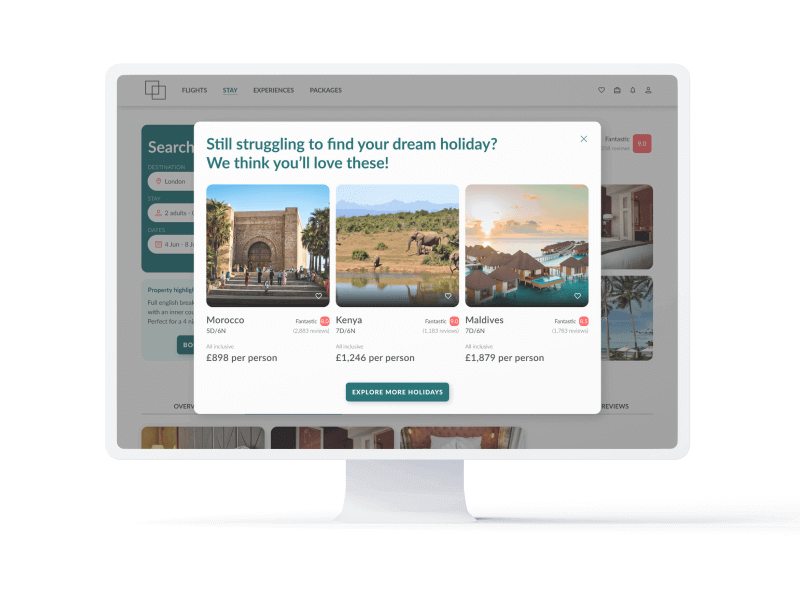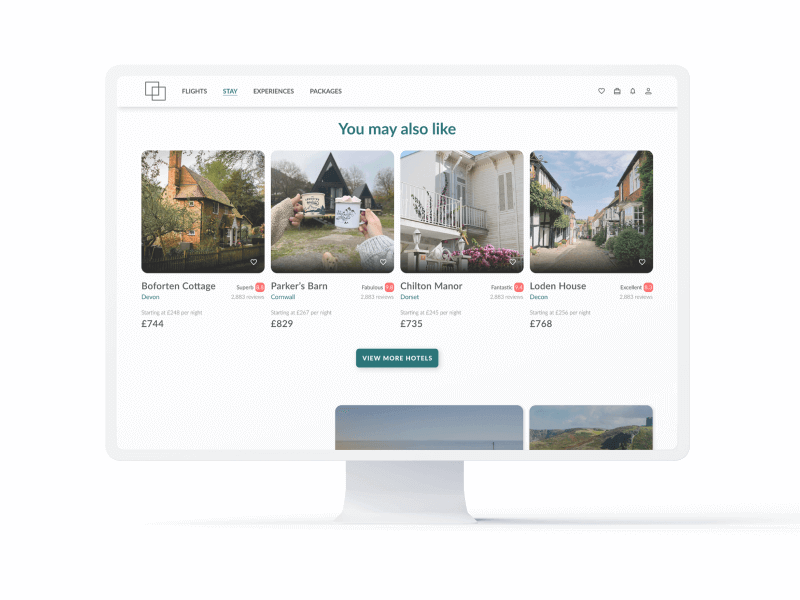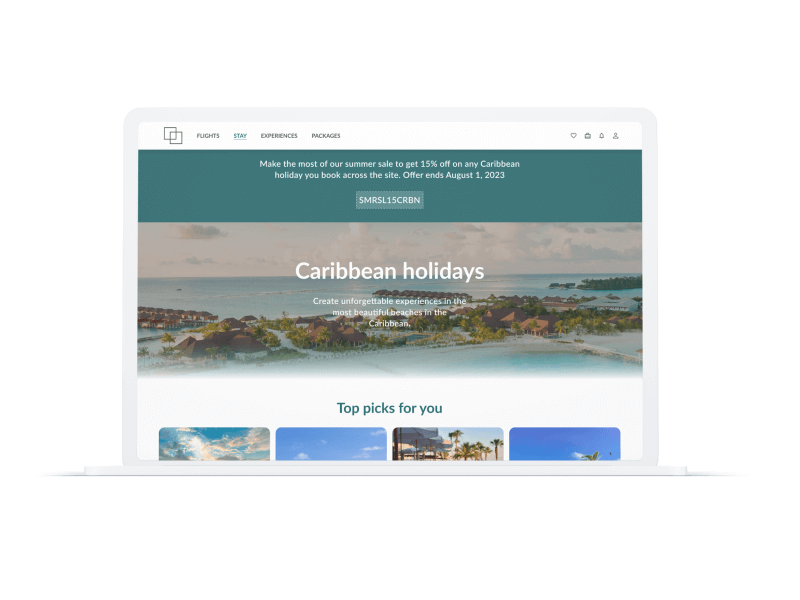If your travel business uses ads, such as PPC or social media ads, some of your website visitors will be coming at a price. In order to maximize return on ad spend (ROAS), you need to optimize and target the travel booking experience for your paid traffic. 41% of consumers consider the booking experience to be more important post-pandemic, so it’s vital to get the experience right.
Keep reading to learn how to calculate your return on ad spend and discover 6 ways to maximize return on ad spend.
How to calculate return on ad spend
Return on ad spend is a marketing metric that measures the amount of revenue your business earns for each dollar it spends on advertising. ROAS is practically the same as another familiar metric: return on investment (ROI). In this case, the money you’re spending on digital advertising is the investment on which you’re tracking returns.
At the most basic level, ROAS measures the effectiveness of your advertising efforts; the more effectively your advertising messages connect with your prospects, the more revenue you’ll earn from each dollar of ad spend. The higher your ROAS, the better.
As long as you know how much you’re spending and earning at that particular level, you can calculate ROAS.
To calculate your ROAS, you simply take the amount of revenue generated by your ad campaign and divide it by the amount spent on the campaign to produce a ratio or percentage.
6 ways to maximize return on ad spend
1) Combat bounce rate
For your paid traffic, the customer journey might be inbound to a specific vacation property or category, and an immediate bounce back to the search engine results page (SERP) if the vacation isn’t right for them. This means the customer misses out on any alternative vacations that you have to offer.
To combat this, you can display a popover with recommendations for similar or popular vacations after a fixed delay or on exit intent to showcase your relevant vacation ranges and keep these customers on your site.

Visitors that land directly on your product pages are also more likely to bounce if there aren’t any relevant backlinks to your category pages. Try adding in-page banners that drive backlinks to category pages, or a popover that triggers on exit intent that leads the customer to the category page to make the experience more convenient.
Almost 1 in 3 consumers are more loyal to travel companies whose websites are easy to navigate and make it easy for them to find the trips/accommodation they’re looking for, so it’s vital to make the experience as convenient as possible in order to maximize return on ad spend.
2) Prevent booking abandonment
Preventing booking abandonment is important regardless of traffic source, but for paid traffic the loss is even greater. Try implementing a booking abandonment popover on exit intent to recover this lost revenue. You can offer to take the customer back to the booking page to complete their purchase, or ask them to sign up for a reminder email. Any paid traffic should be converted to email subscribers ASAP so that they can be re-engaged without paying for them again with more ads.
3) Personalize based on search term
By exposing the search term in your ad URL, you can then personalize the experience throughout that customer’s journey. For example, if a customer uses a search engine to find beachside cottages in the south of England and comes through to your website, you could continue to recommend vacations based on their initial search term, rather than based on previous browse behavior, which may sit cross-category.

4) Personalize offers based on source
By identifying if a visitor came from a paid traffic source, you can show or repress marketing messages. For example, perhaps you only want to offer your organic traffic a coupon code, or you want to offer different levels of discount depending on the source.
5) Continue your inbound campaign past the landing page
You might already be personalizing your landing pages for a particular campaign, but what happens when they click to another page? With a tool like Fresh Relevance, you can personalize the experience based on inbound campaigns beyond the landing page to give these customers a targeted experience throughout their journey.
6) Deliver important messages for those skipping your homepage
Depending on your setup, you might find that most of your paid traffic lands directly on specific property or category pages, bypassing your homepage. As your virtual store window, homepages are often the focus for marketing messages. But are you delivering that message for those bypassing this touchpoint? Are sales or promotions emphasized enough on all of your landing pages? Consider using slimline banners or fixed delay popovers to deliver these important messages to your paid website visitors.
More than 1 in 4 travel bookers get frustrated by the time it takes to find the right deal, so make sure you’re connecting your customers with relevant deals and discounts as quickly as possible.

Final thoughts
Once you’ve started targeting the customer experience for your paid traffic, it’s important to keep testing and optimizing to ensure you’re delivering content that resonates with this segment of travel bookers, so you can continue to maximize return on ad spend.
Download our Ultimate Travel CRO Lookbook for more ways to elevate your travel booking experience and keep website visitors on your site. The lookbook includes best-in-class personalization and optimization examples across the consideration, decision, and transaction stages of the customer journey from 14 real brands who’ve honed their booking experiences for maximum conversions.





